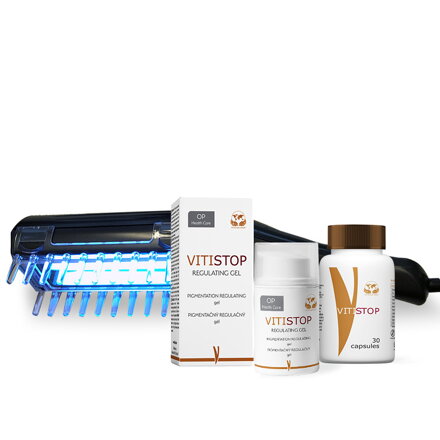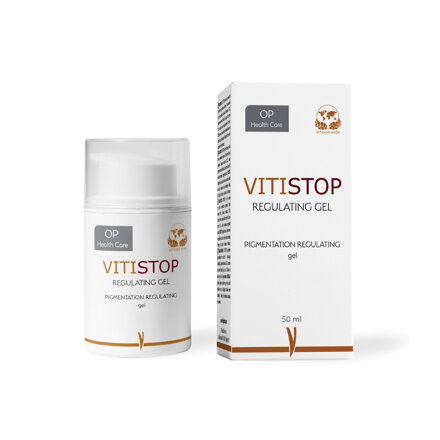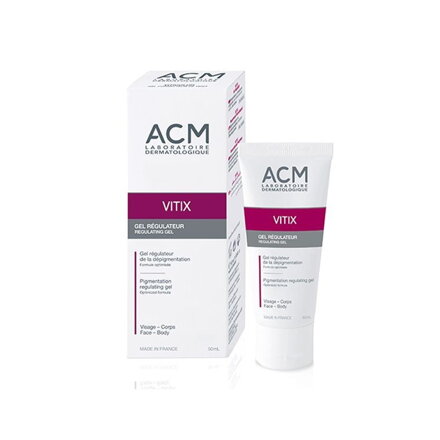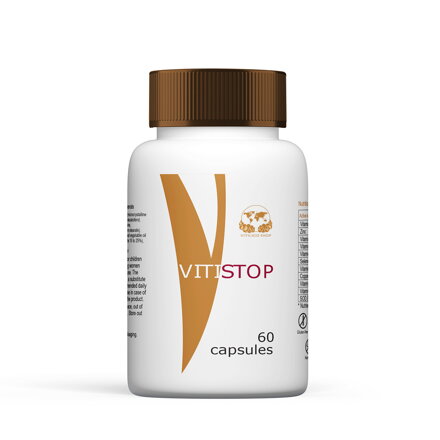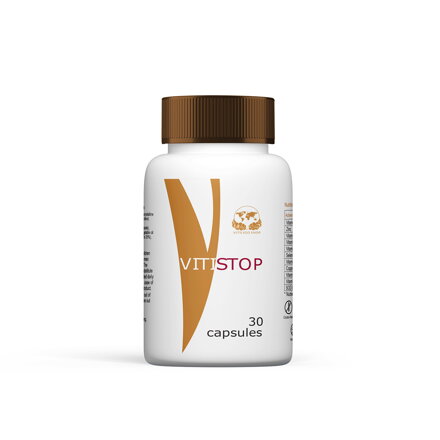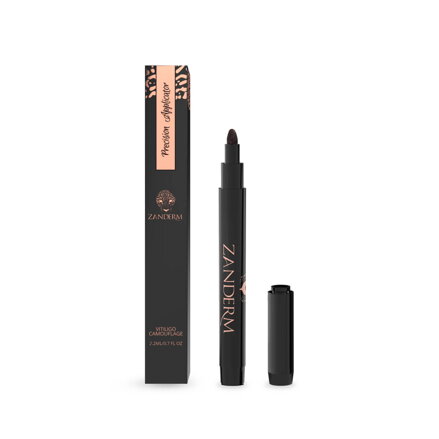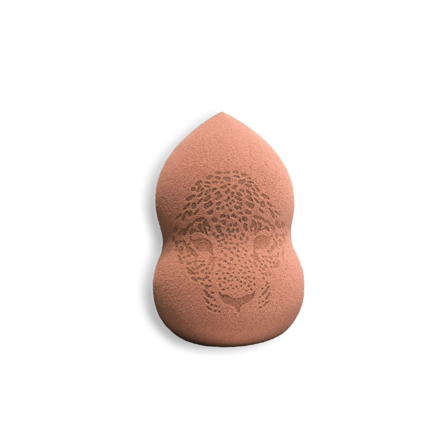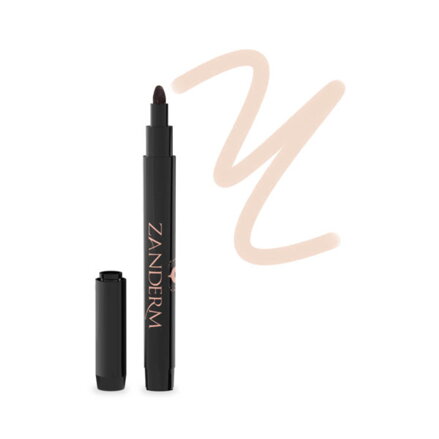Vitiligo in children

We believe you'll agree that every parent strives to do their utmost for their child. When doctors diagnose a child with an "incurable" condition, it falls upon the parents to navigate this challenging news. They seek every possible avenue to assist their child and find a solution promptly.
This is no different when it comes to a vitiligo diagnosis. Initially, it's a shock for any parent, followed by concerns about how their child will cope with this condition throughout life.
You may be wondering: is it possible to treat this condition in children? How does treatment work, and what are the chances of repigmentation?
We’ve put together this article to summarise the most important information about vitiligo treatment in children.
To refresh your understanding of what vitiligo is, you can read our blog article.
In short, vitiligo is an autoimmune condition that results in depigmentation of the skin. It affects 1–2% of the population. In 30–40% of cases, it runs in families. It affects both genders equally and most often develops between the ages of 10 and 30.
Vitiligo occurs when the body attacks pigment-producing cells (melanocytes), leading to a loss of skin colour – most commonly due to an autoimmune response.
Vitiligo is not contagious – a child cannot catch it from someone else.
The course of the disease is unpredictable. Patches may spread rapidly in some children, while others may experience slow or no progression. In some cases, the patches even repigment spontaneously.
Children who have thyroid disease themselves or a family history of it – as well as those with diabetes or alopecia – are at higher risk of developing vitiligo.
For more information about related autoimmune conditions, see our article "What is vitiligo?".
Signs and symptoms of vitiligo in children 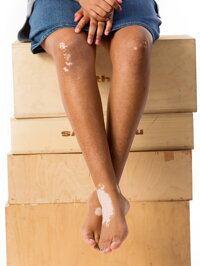
The key sign of vitiligo is loss of skin colour, which can occur on any part of the body.
Most commonly affected areas include:
- Face, arms, and legs
- Hair (scalp)
- Eyes
- Genital area
Diagnosing Vitiligo
Vitiligo is usually diagnosed by a dermatologist who visually examines the white patches on the skin. For children with very fair or delicate skin, a special UV light called a Wood’s lamp is often used to detect depigmented areas that may not be visible in natural light.
The doctor will also discuss the child’s medical and family history, particularly regarding autoimmune diseases, sun damage, and emotional well-being.
They may also recommend blood tests to check thyroid function or screen for diabetes. In rare cases, a skin biopsy may be done to confirm whether pigment cells are present. If none are found, vitiligo is confirmed.
Sometimes, further tests such as dental or ENT evaluations are performed to rule out underlying infections.
Treatment of Vitiligo
Although vitiligo is not fully curable, there are several treatment options that can significantly reduce the appearance of new patches and support repigmentation of existing ones. Every child’s skin responds differently – in some, repigmentation happens quickly, while in others, it takes longer. Treatment depends on the size and location of the patches and usually takes at least 4 to 14 months.
Don’t wait – fresh patches are easier to repigment because melanocytes (pigment-producing cells) are still partially active. The sooner you start treatment, the better the results. If you notice a white spot on your child’s skin, have it examined by a dermatologist as soon as possible to confirm whether it’s vitiligo.
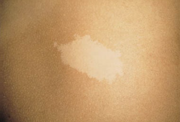
It’s not uncommon for parents to mistake vitiligo for other skin conditions with similar symptoms.
We explain more in the article: "Not Every White Spot Is Vitiligo".
So, what do we recommend for treating vitiligo in children?
One of the most successful approaches involves a combination of the following:
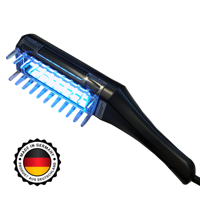
1) Phototherapy – treatment using natural sunlight (Spring, Autumn, Winter) or UVB devices.
UVB phototherapy at 311 nm wavelength is the most effective method to stimulate pigment return. It’s even more effective when used together with Vitistop Gel.
You can choose home phototherapy using our Dermalight 80 handheld UVB lamp, or visit a medical facility for professional treatment.
Read more about this treatment in our blog: "Phototherapy – Light Therapy".
2) Prescription immunomodulators – These are creams prescribed by a dermatologist to regulate the immune response. They are typically applied morning and evening. Always follow your doctor’s advice.
3) Vitistop Gel – This is one of the most effective topical gels for treating vitiligo. It enhances the effect of UVB light or sunlight. Apply it at least 1 hour before exposure. You’ll find detailed instructions in our eBook.
4) Tablets
Children aged 3 to 11: Vitix Tablets – These contain EXTRAMEL®, a patented plant extract with antioxidant properties, combined with vitamins C, E, B9, B12 and minerals selenium, copper, and zinc.
Children aged 12 and older: Vitistop Tablets – These are stronger and more comprehensive, containing EXTRAMEL®, vitamins C, D3, E, B1, B5, B9, B12, and essential minerals. They help protect skin cells from oxidative stress and support pigment formation.
5) Vitamins and minerals – Especially vitamin D3, which many children lack, especially in winter. For more details, see our blog article: "The Effect of Vitamins on Vitiligo".
6) Cosmetic camouflage – Used to gently cover vitiligo spots if needed. We usually recommend allowing children to get used to their appearance and not covering the patches unless they feel the need. If they choose to use cosmetic help (e.g. for school photos or social events), safe products are available.
7) Natural cosmetics – While there’s no direct evidence that 100% natural skincare can cure vitiligo, we strongly recommend minimising chemical exposure on children’s skin. Always choose gentle, natural products when possible.
Before starting any treatment listed above, always consult a qualified dermatologist.
Prevention
It’s essential to protect vitiligo-affected skin from sunburn. Dermatologists recommend using sunscreen with a high SPF (at least SPF 50), especially on depigmented areas, which are more sensitive to UV radiation.
Emotional support for children with vitiligo 
Although vitiligo is not physically harmful, it can be an emotional challenge for children. Looking different from their peers can lead to self-consciousness – particularly during puberty when children are highly aware of appearance and social acceptance.
Some children are naturally resilient and adapt easily. Others may need additional support from parents, teachers, or therapists.
Stress is a known trigger and aggravator of vitiligo. Many parents report that their child's first patches appeared after a stressful event. Learn more in our blog: "Vitiligo and Stress".
Practical tips to help your child live confidently with vitiligo:
- Support self-esteem and resilience. Talk openly with your child about vitiligo. Consider child-friendly therapy if needed.
- Encourage participation in group activities like swimming, school trips, and sports – without pressure. Let them build confidence at their own pace.

- Celebrate uniqueness. Show your child that many public figures (actors, singers, models) have vitiligo and are proud of it. There are even children’s books and dolls that represent kids with vitiligo!
- Focus on their strengths. Remind them of their talents and qualities unrelated to appearance.
- Prepare them to answer questions confidently. Help your child explain what vitiligo is to classmates, so they feel empowered rather than embarrassed.
Even if it feels overwhelming now, please believe that things will get better. Children are often much more adaptable than adults. As parents, our attitude sets the tone. If we accept and support them, they will accept themselves too.
Medical progress continues every year – don’t give up on treatment. Our young customers’ results are proof that repigmentation is possible.
If you have questions, feel free to contact us. We’re here to help guide you through your journey.
Also, feel free to browse through our other blog articles related to vitiligo care and treatment.
REAL RESULTS FROM OUR YOUNGEST CUSTOMERS:
1.
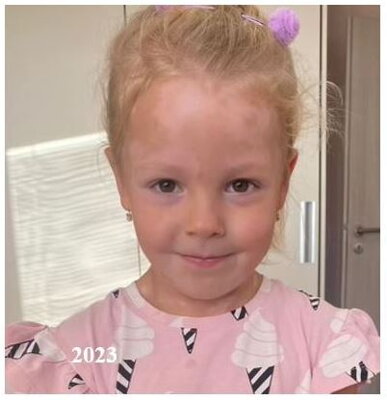
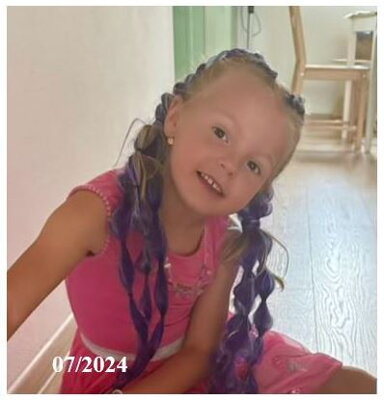
2.
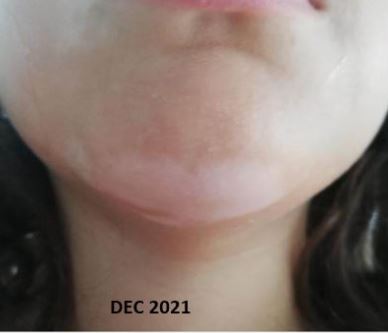
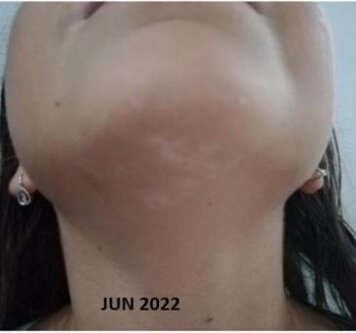
3.
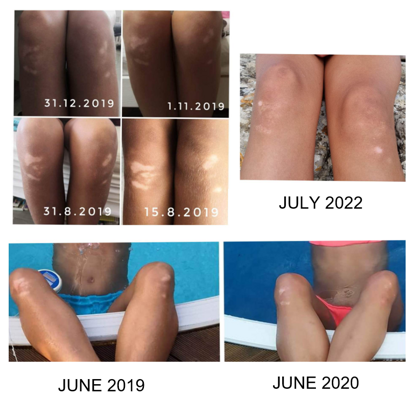
4.

Your Vitiligoshop Team
-
Add to Favourites
Sale
Dermalight® 80R UVB + Vitistop Gel & Tablets
Dermalight Package: The set includes a handheld UVB device, comb attachment, user manual with patient guide, UV protective glasses, and an LCD timer—everything needed for safe and effective vitiligo therapy. It also comes with two of our best products: Vitistop Gel and Vitistop Tablets. While the gel regenerates melanocytes and promotes melanin production, the tablets supply essential vitamins...
In stock (366 pcs)
£389
£449 Discount 13.4%
-
Add to Favourites
TOP SEARCHED
Dermalight® 80R UVB
(1400010)Special German UVB lamp for at‑home treatment of vitiligo and psoriasis. Portable, durable and easy to operate. Unique comb‑head design for treating the scalp and body.
In stock
£379
-
Add to Favourites
TOP SEARCHED
Vitistop Gel 50ml
(1100050)Vitistop Gel is an innovative, next‑generation dermatologist-approved solution that helps regulate depigmentation and restore natural skin tone in vitiligo. Ideal for use alongside UVB phototherapy or controlled sunlight exposure, its unique formula supports melanocyte regeneration and prevents vitiligo progression. It was developed by Biomedica in close collaboration with dermatologists and...
In stock (3780 pcs)
£45
-
Add to Favourites
TOP SEARCHED
Vitix Gel 50ml
(1100010)The most widely used and well-known gel for depigmentation regulation and vitiligo management. Also suitable in combination with UVB phototherapy (light treatment) and sun.
In stock (117 pcs)
£40
-
Add to Favourites
TOP SEARCHED
Vitistop "60" - New Formula
(1100022)Vitistop "60" are melanin tablets for the promotion of pigment formation. They contain a high level of antioxidants that help neutralise oxidative stress and free‑radical damage, factors associated with vitiligo.
In stock (1508 pcs)
£32
-
Add to Favourites
Vitistop "30" - New Formula
(1100021)Vitistop "30" are melanin tablets for the promotion of pigment formation. They contain a high level of antioxidants that help neutralise oxidative stress and free‑radical damage, factors associated with vitiligo.
In stock (1647 pcs)
£20
-
Add to Favourites
TOP SEARCHED
Zanderm precision concealer
Handy precision concealer by luxury cosmetics Zanderm immediately masks small spots of Vitiligo with a few quick moves.
In stock
£16
-
Add to Favourites
Beauty Blender sponge
(1200500)New revolutionary make-up sponge, which will create the perfect camouflage of vitiligo in combination with Zanderm cosmetics.
In stock (152 pcs)
£4
-
Add to Favourites
BLACK FRIDAY
Zanderm precision concealer - First time customer
First time customers: Precision Applicators for just £9 each.
In stock
£9
£16 Discount 43.8%
.jpg)
